Strain engineering two-dimensional (2D) materials provides a new way to tailor electronic bandstructures and access novel electronic devices. A key route to strain 2D materials, such as graphene, is via underlying nanostructured substrates.
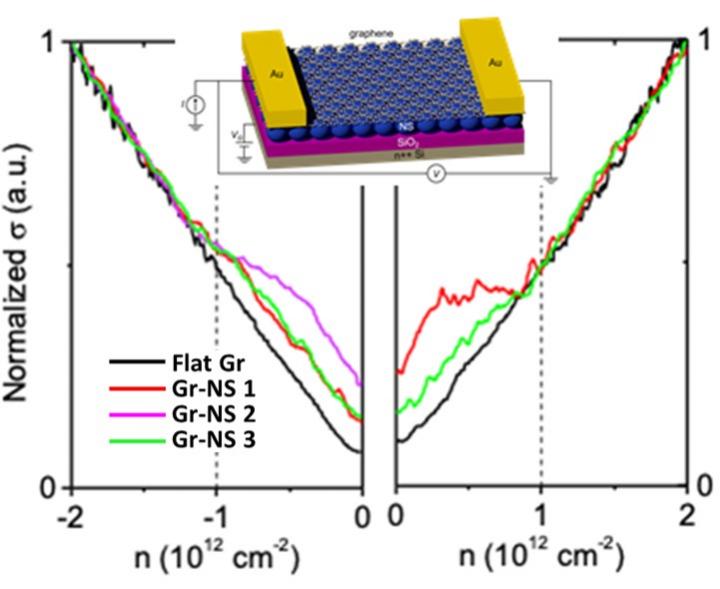
Strain engineering two-dimensional (2D) materials provides a new way to tailor electronic bandstructures and access novel electronic devices. A key route to strain 2D materials, such as graphene, is via underlying nanostructured substrates.

The CDCM RET program is unique in that it is designed specifically for K-5 teachers, with the intended purpose of engaging and sustaining student interest in STEM at a young age. In summer 2018, CDCM launched its inaugural program with 4 teachers participating, spanning grades 1st – 5th.
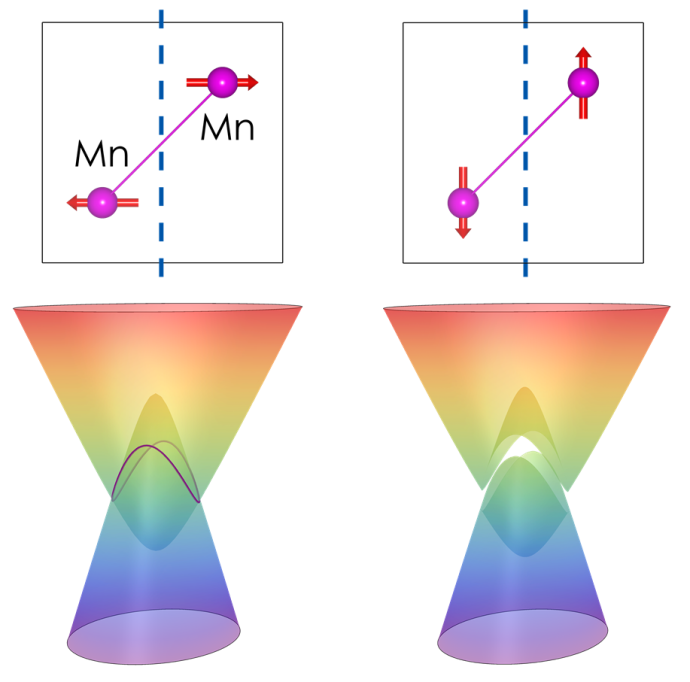
Topological antiferromagnetic spintronics is an emerging field of research where topological properties of a material are coupled to the antiferromagnetic ordering. Topological properties involve non-trivial electronic states, such as Dirac nodal lines, which are protected by the structural and magnetic symmetry of the material.
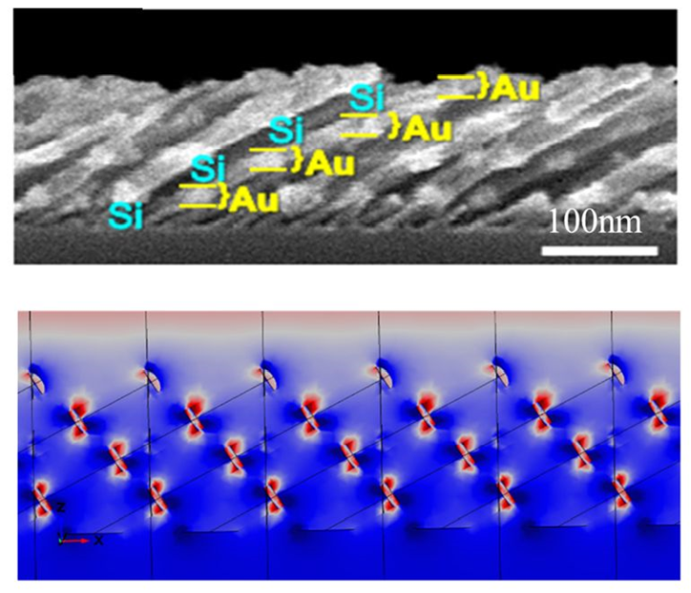
The inherently weak light-matter interaction at the nanoscale can be enhanced by new metal-dielectric hybrid nanomaterials. This enhancement can enrich some of the quantum and nonlinear features of light, leading to new nanophotonic applications.
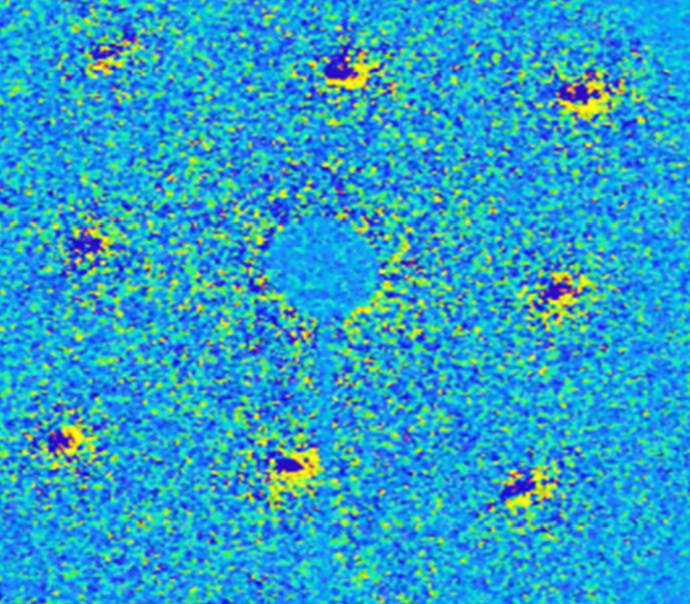
“Phase transition” is a term which is commonly used to describe transformations between solid, liquid, and gaseous states of matter. However, even in solids, phase transitions may occur between different structural phases, resulting in a discontinuous change of certain material properties, such as electrical conductivity and heat capacity, which can be used in technological applications.

At Nebraska MRSEC’s Conference for Undergraduate Women in Physical Sciences (WoPhyS), participants present research accomplishments, attend keynote talks, participate in graduate school preparation workshops, and tour UNL facilities and labs.
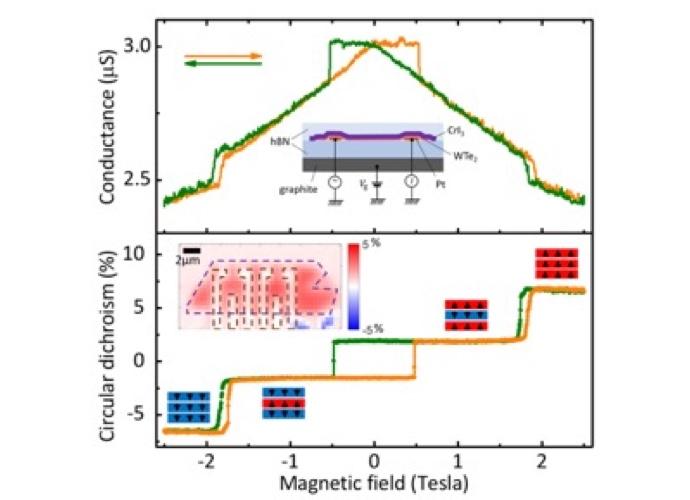
Monolayer WTe2 is a quantum spin Hall insulator at temperatures below 100 K. This means that the current is carried by helical conducting edge modes and is spin polarized.
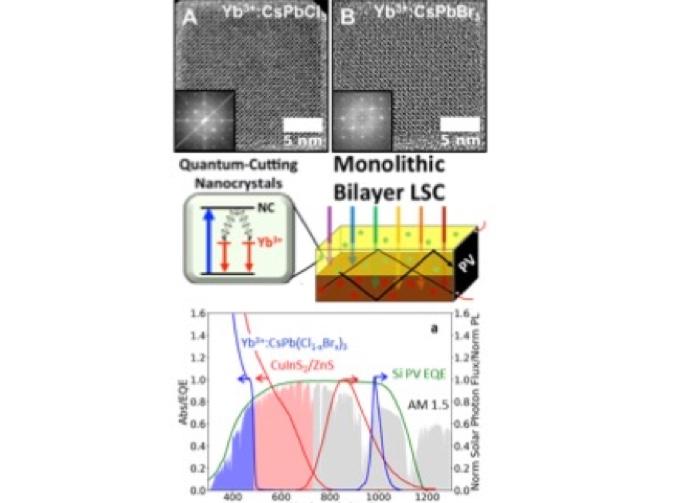
Nanocrystal (NC) luminescent solar concentrators (LSCs) represent a promising clean-energy technology capable of concentrating direct and diffuse light to reduce the area of photovoltaic (PV) cells – which are energetically costly to manufacture – required to meet energy demands.

The UCSB MRSEC is excited to announce a new partnership with Santa Barbara’s Wolf Museum of Exploration and Innovation (MOXI). Open in 2017, the MOXI provides a space for hands-on exploration in science and creativity for children and families.
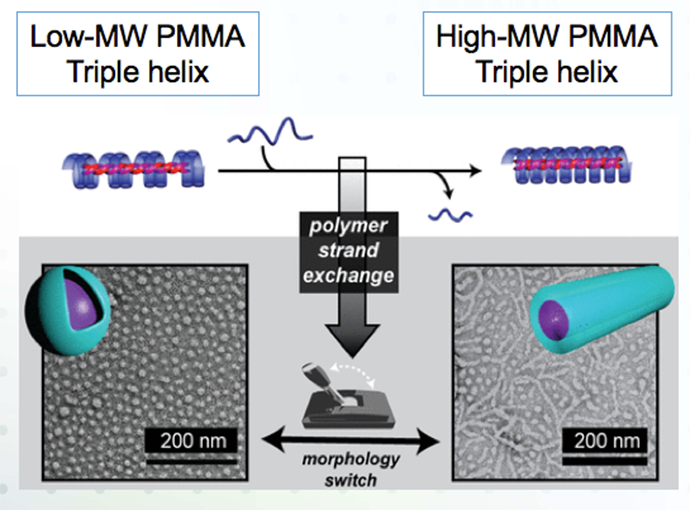
A novel strategy offers new opportunities to program dynamic behaviors in synthetic polymeric systems, leading to scalable synthesis of “smart” nanosystems. Novel PMMA strand-exchange, inspired by DNA nanotechnologies, enables dynamic behaviors in synthetic polymeric systems.